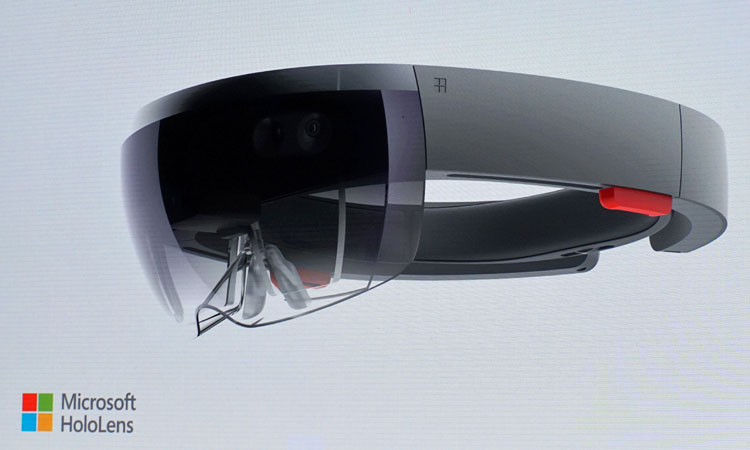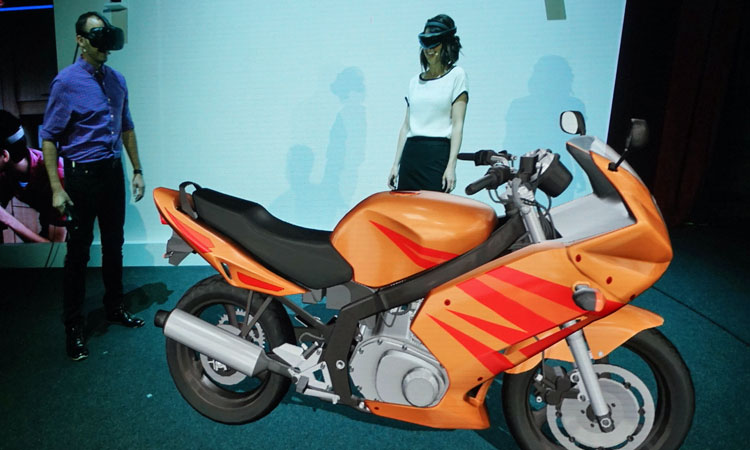Microsoft Opens Windows Holographic to Other Devices, Including Vive
Soon, third-party devices such as HTC's Vive will be able to run the same Windows Holo apps that power Microsoft's Hololens. Could less expensive headsets be on the way?
TAIPEI, Taiwan — Microsoft's Hololens apps and operating system willl soon have an entire ecosystem of third-party siblings it can talk to. Today at its Computex 2016 keynote address, Microsoft announced that it is officially opening the Windows Holographic OS that powers its headset to non-Microsoft devices. The company also announced that HTC's Vive will be one of the first of those headsets to run Windows Holographic apps.

During his presentation, Microsoft Hololens head Alex Kipman invited hardware partners to join the Windows Holographic ecosystem and showed a couple of demos of cross-headset collaboration. In a video clip he showed, three business people in three different locations hold a virtual meeting together to help one of them design a new retail store, moving objects around in an augmented workspace. While two of the people were wearing Hololenses, a third joined the meeting and helped plan the virtual store while wearing an HTC Vive.
MORE: Best HTC Vive Games

In an on-stage demo, two Microsoft employees built a 3D model of a motorcycle together in augmented reality, with one of them wearing a Hololens and the other using a Vive.
Microsoft's decision to allow other vendors to join the Holographic ecosystem makes a lot of sense, and is really long overdue. The company's greatest success, Microsoft Windows, could never have happened without a huge ecosystem of PC vendors making their own hardware.

Considering that the Hololens developer kit costs $3,000 right now, opening the platform to third-party products should significantly reduce the cost for end users. The HTC Vive costs just $799, though it requires an expensive PC to run. Hopefully, other companies make their own Holo-compatible headsets at mainstream prices.
What remains unclear is how third-party devices will interact with Windows Holographic. Will products like the Vive run a full-fledged copy of the operating system and UI or will they just be able to run Holo apps?
Get instant access to breaking news, the hottest reviews, great deals and helpful tips.
Kipman said that "Windows holographic is coming to PCs," but he didn't explain whether the OS would actually run on desktop computers and how it would look on a 2D screen.

Microsoft Executive VP of Windows and Devices Terry Myerson took the stage to announce that the company is already working with a number of hardware partners on the Holo initiative, including Dell, Lenovo, Acer and Asus. He promised that the company would provide more details at its WinHEC conference in the fall.
 Club Benefits
Club Benefits





